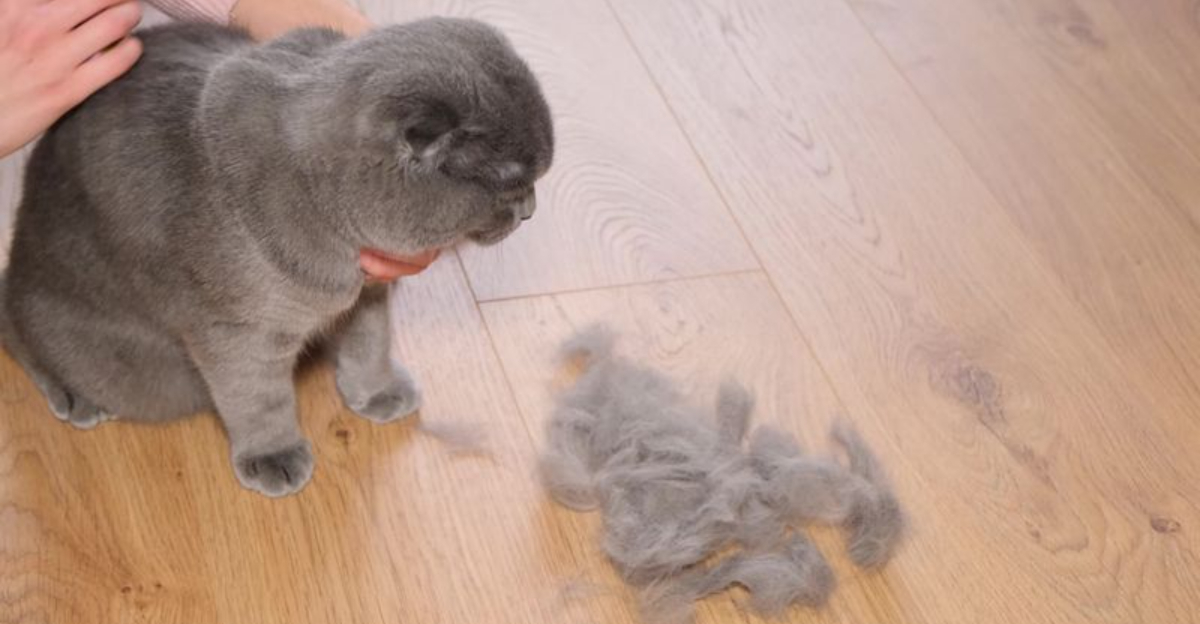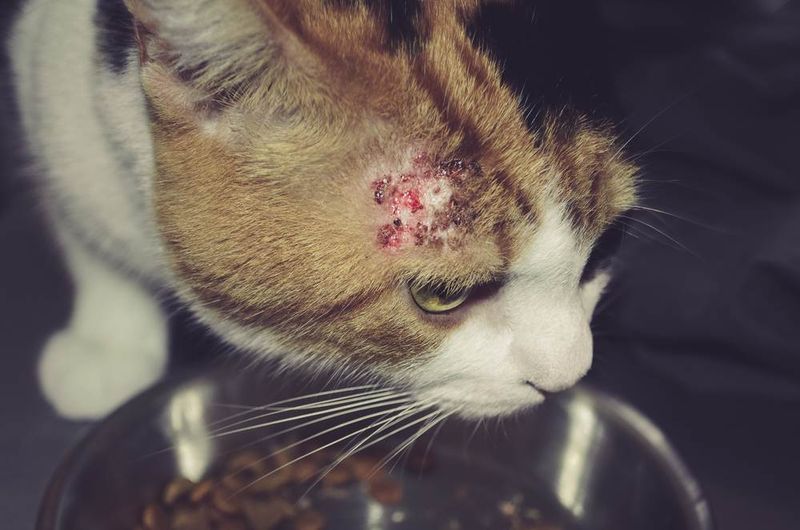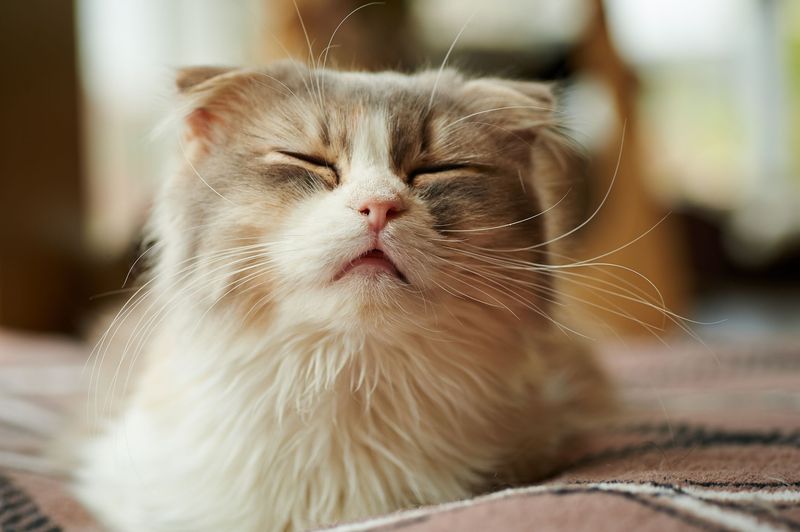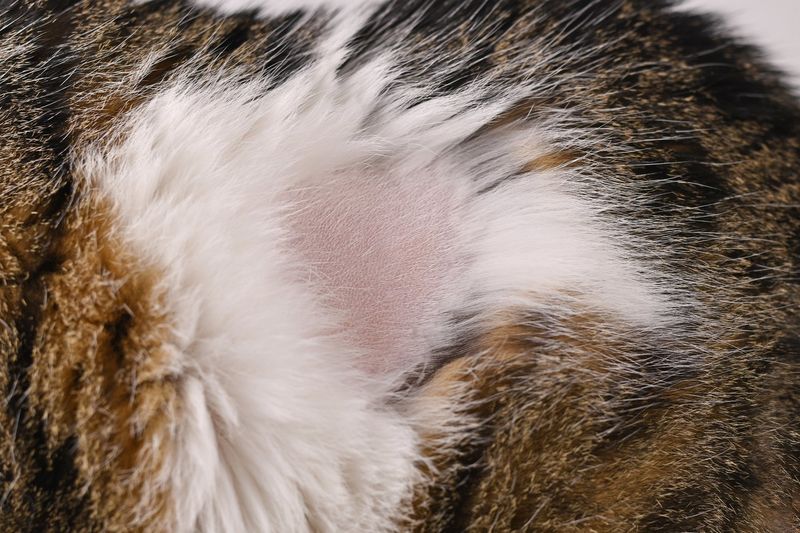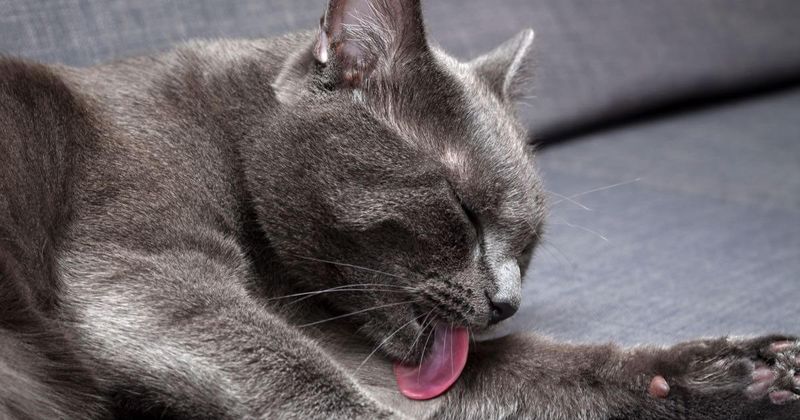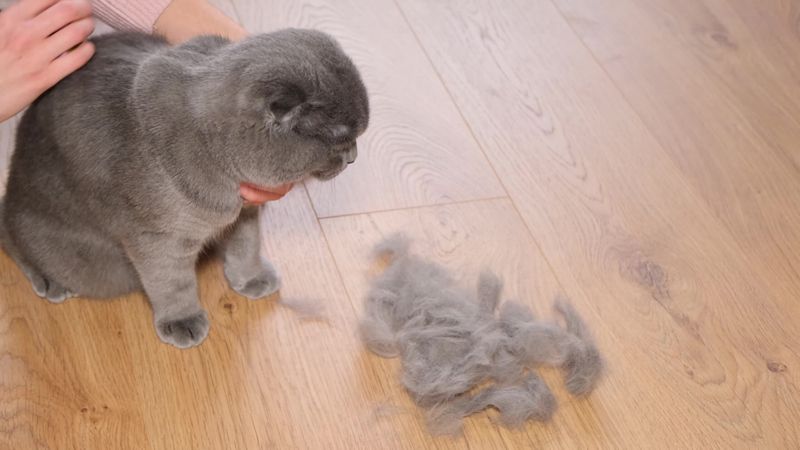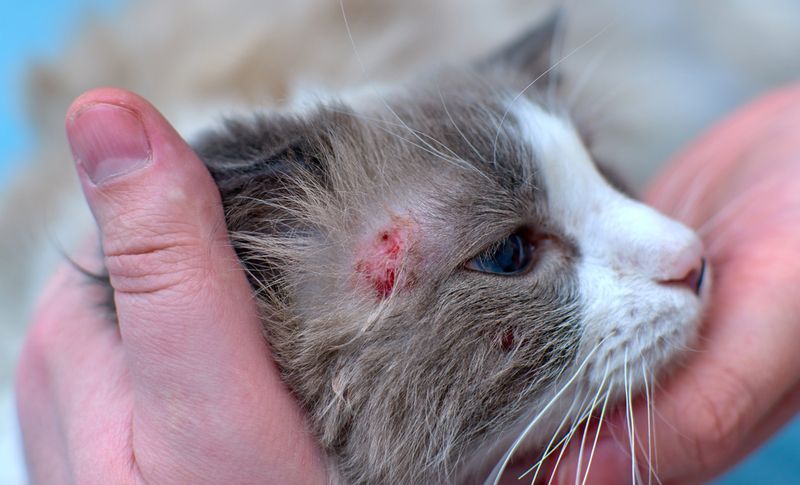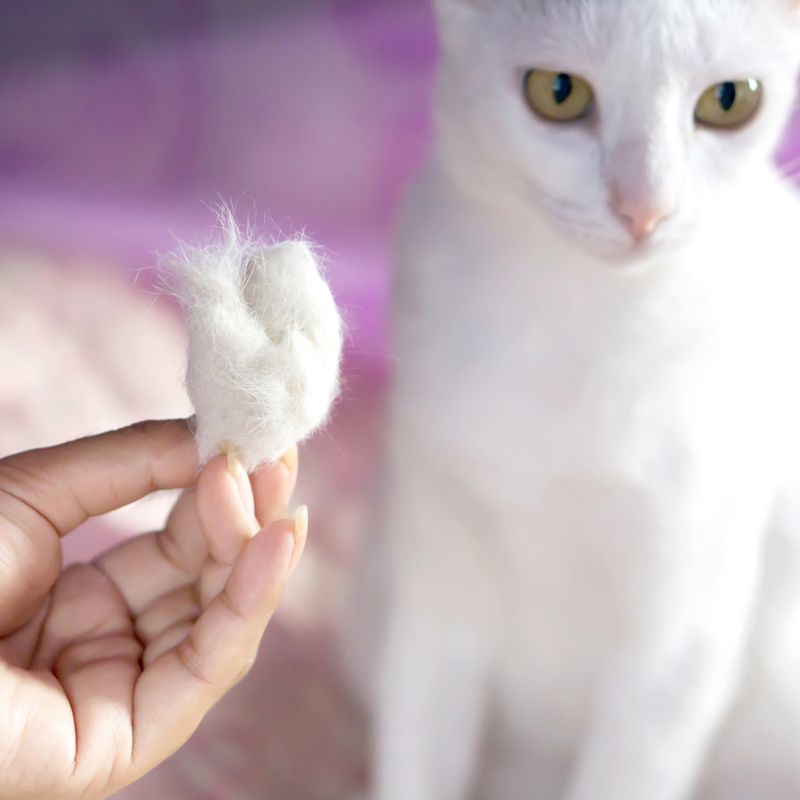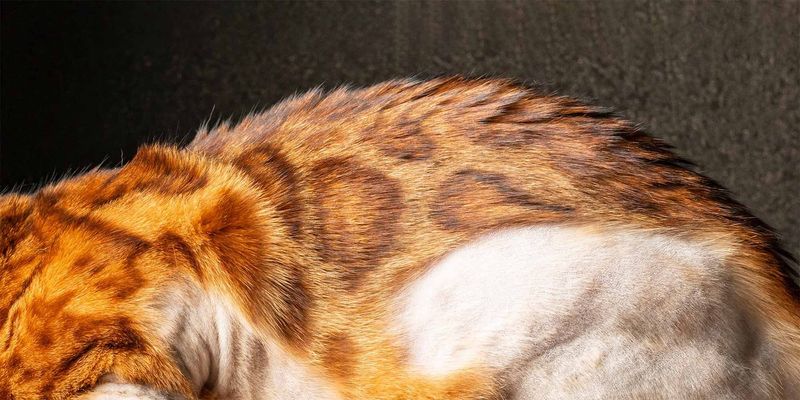📖 Table of Content:
When a cat starts losing hair, it can be alarming for pet owners. While some shedding is completely normal, noticeable bald patches or thinning fur often signal an underlying issue that deserves attention. Understanding the possible causes can help you identify whether your cat needs medical treatment or simply a change in its routine.
Hair loss in cats, also known as feline alopecia, can occur for many reasons—ranging from medical conditions to behavioral problems. In some cases, the cause is obvious, like a visible skin infection or relentless scratching due to fleas. But sometimes, the reason is less apparent and requires a closer look at the cat’s environment, diet, or even emotional well-being.
This guide walks you through eight of the most common causes of cat alopecia. Each one is explained in detail to help you recognize signs, understand the implications, and decide on next steps. Whether you’re dealing with an itchy feline or just noticing fur on the furniture that looks suspiciously patchy, these insights will bring clarity to what your cat might be going through.
1. Fleas and Other Parasites
Tiny but relentless, fleas are a leading cause of hair loss in cats. When a cat has an allergic reaction to flea saliva, even a single bite can cause intense itching and irritation. The scratching and over-grooming that follow often result in fur loss, particularly around the tail, thighs, and belly. Other parasites, like mites and lice, can also trigger similar reactions by burrowing into the skin or feeding off skin debris. You might notice small scabs, red bumps, or excessive licking before you see the actual hair loss. Even indoor cats aren’t immune—fleas can hitch a ride on clothing or other pets. Treating the infestation promptly and preventing re-infestation are key to reversing the hair loss caused by these pesky invaders.
2. Allergies
Reactions to allergens—whether from food, pollen, mold, or household chemicals—can manifest in cats through skin irritation and hair loss. Rather than sneezing or watery eyes like humans, allergic cats typically suffer from itchy, inflamed skin. This discomfort leads them to lick, chew, or scratch themselves obsessively, which eventually damages the fur. Food allergies often target areas like the face, neck, or ears, while environmental allergies may affect the belly and limbs. Identifying the specific allergen can be challenging and may require elimination diets or allergy testing. In the meantime, symptoms can be managed with anti-inflammatory medications or topical treatments. Consistency and observation are crucial to pinpointing and controlling the cause of allergy-induced alopecia.
3. Dermatophytosis (Ringworm)
Ringworm, a fungal infection misnamed for its worm-like appearance, can quickly lead to patchy fur loss. Typically, it creates circular lesions where the hair falls out, and the exposed skin may appear scaly or red. Unlike other conditions, ringworm is highly contagious—not only to other pets but also to humans. Cats can catch it from contaminated surfaces, other animals, or even soil, making prevention difficult in shared environments. Diagnosis is usually confirmed through a fungal culture or ultraviolet lamp examination. Treatment can involve topical antifungal creams, medicated baths, and oral medications for widespread cases. Early detection is important to prevent it from spreading and to begin restoring the affected fur.
4. Stress or Over-Grooming (Psychogenic Alopecia)
Excessive grooming is a subtle yet serious sign that your cat may be under stress. Cats are creatures of habit, and even minor disruptions—like a new family member, a move, or changes in routine—can result in anxiety. This stress often manifests in compulsive behaviors such as licking, chewing, or biting at the fur, especially around the belly, inner thighs, or forelegs. Over time, these behaviors can cause bald patches that are often symmetrical and not inflamed. Unlike physical ailments, psychogenic alopecia requires addressing emotional and environmental triggers. Increasing enrichment through toys, climbing structures, or playtime can help reduce anxiety. In more severe cases, veterinarians may recommend behavioral therapy or anti-anxiety medication.
5. Hormonal Imbalances
Hormones control many functions in a cat’s body, including the growth and maintenance of fur. When these hormone levels become unbalanced, such as with hyperthyroidism or Cushing’s disease, the hair growth cycle is disrupted. This often results in symmetrical hair thinning on the sides or back, without much itching or inflammation. Other symptoms—like weight changes, increased thirst, or lethargy—might also be present, helping to distinguish hormonal causes from behavioral ones. Blood tests are typically required to confirm a diagnosis. Treating the underlying condition usually allows the fur to regrow, though it may take several weeks. Regular checkups are essential to manage these long-term disorders and monitor for recurrence.
6. Skin Infections
Bacteria and yeast can invade the skin after an injury, allergic reaction, or parasitic infestation, leading to secondary infections. Infected areas may become red, swollen, or ooze pus, creating significant discomfort for the cat. As a result, cats will often scratch or lick the area excessively, accelerating hair loss. The infection can also emit an unpleasant odor or cause the fur to become greasy and matted. Diagnosing the infection usually involves skin scrapings or cultures. Treatment may include antibiotics, antifungal medications, or medicated shampoos, depending on the type of infection. Prompt attention prevents deeper complications and helps restore skin and fur health.
7. Poor Nutrition
Feeding your cat a well-balanced diet plays a critical role in maintaining healthy skin and a full, shiny coat. When essential nutrients—like omega-3 fatty acids, protein, or vitamins A and E—are lacking, the skin may become dry and the hair brittle or prone to shedding. Cats on low-quality commercial diets or with medical issues affecting nutrient absorption are especially at risk. You may also notice a dull coat, dandruff, or slower regrowth after normal shedding. Improving the cat’s diet with high-quality food or supplements can lead to noticeable improvements in coat condition. Veterinarians may recommend blood work to rule out deficiencies or digestive problems. Consistent, nutrient-rich feeding supports both overall health and a thriving coat.
8. Genetics
Some types of hair loss are simply part of a cat’s genetic makeup. Certain breeds, such as the Sphynx, are born hairless, while others like the Devon Rex or Cornish Rex may have fine, sparse coats prone to thinning. In these cases, alopecia isn’t linked to disease or external triggers, and the cat typically shows no discomfort. Hair loss may also occur naturally as the cat ages, particularly in areas like the ears or belly. Though it may look concerning, genetic alopecia usually requires no treatment unless accompanied by irritation or behavioral changes. However, it’s still important to monitor the skin for secondary issues like sunburn or dryness. Being aware of your cat’s breed characteristics helps distinguish normal traits from potential problems.
